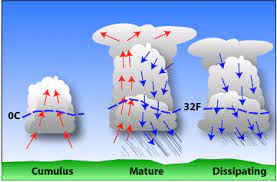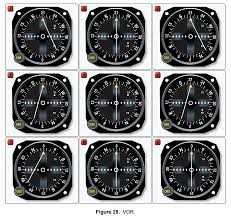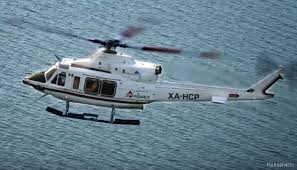Thunderstorms are one of the most beautiful atmospheric phenomenon. As a pilot, however, thunderstorms are one of the most hazardous conditions you can encounter. Thunderstorms can produce severe turbulence, low level wind shear, low ceilings and visibilities, hail and lightning. Each of these hazards can be difficult to cope with; if all these conditions arrive at once, it can be disastrous. Understanding basic thunderstorm formation and structure can help you make safe decisions.
Category: Aviation knowledge and operations
Contrails: White crayons on Blue canvas
On a clear sky, one time or other you would have seen white contrails streaking across the sky. As if sky blue is canvas for these aircrafts or as if they are announcing true love, up high where our dreams meet. They look beautiful to one and all except for military pilots for they point like signposts. On some occasion they disappear in seconds on other they persist for very long after aircraft has passed. What are these white contrails and how are they formed?
What is Kollsman window?
Weather conditions greatly affect the pressure of the atmosphere (the barometric reading). Altimeters report altitude as a function of atmospheric pressure. Typically pilots will obtain a local barometric reading from the nearest airport. They will then set the Kollsman window to the setting that they received.
Pre-Monsoon season and Aviation Hazards- Indian Subcontinent
This article explains various weather hazards which include thunderstorms, dust haze, and line squall that affect flight operation during the pre-monsoon period. The article is not only useful in understanding weather but also can enhance interpretation and appreciation of changes that take place during the day or season or with the physical location which is very common in aviation.
Wingman 2.0 and Fighter Operations!
As the capabilities of AI-enabled robots increase, and in particular as behaviors emerge that are both complex and outside past human experience, how will we organize, train, and command them — and the humans who will supervise and maintain them?
The Vijaynagar Decision
military transport aircraft operations to forward bases with unscdeduled CASEVAC
Radio Navigation study material for Pilots
Navigation by radio aids includes navigation mainly by reference to indications of bearing and distance indicated on VOR, DME and ADF equipment located on the aircraft. This information is derived from ground radio beacons (VOR, DME and NDBs or broadcast stations.)
CAT: Clear Air Turbulence
Clear-air turbulence (CAT) is the turbulent movement of air masses in the absence of any visual clues, such as clouds, and is caused when bodies of air moving at widely different speeds meet.[1]
The atmospheric region most susceptible to CAT is the high troposphere at altitudes of around 7,000–12,000 metres (23,000–39,000 ft) as it meets the tropopause. Here CAT is most frequently encountered in the regions of jet streams. At lower altitudes it may also occur near mountain ranges. Thin cirrus clouds can also indicate high probability of CAT.
Para Jumping
The Para Training School (PTS), run by the Indian Air Force at Agra, conducts the parachuting and combat military free-fall training. The squadron insignia depicts a deployed parachute bringing down a supply container with wings attached. This signifies the role the squadron is involved in. The School was established under 50th Para brigade in 1941 at New Delhi. After the Independence, the school was permanently shifted to Agra. Earlier the Dakota, Hudson and Halifax Aircraft were used for Paratroopers Training. The School has participated in many operations of Indian Armed…
HELICOPTER OFFSHORE OPERATIONS: AN OVERVIEW
The term “offshore operations” is used to describe situations where not only a part of the flight takes place over large bodies of water but when most of the flight, including the main objectives, are to be completed away from dry land. Because of their VTOL and hover capabilities, the use of helicopters in offshore operations has increased greatly. In this post, my guest author, Wg Cdr Vikram Mahajan (Retd) will tell us about helicopter offshore operations, their complexities and safety risks. Crude oil and natural gas are invaluable natural…









